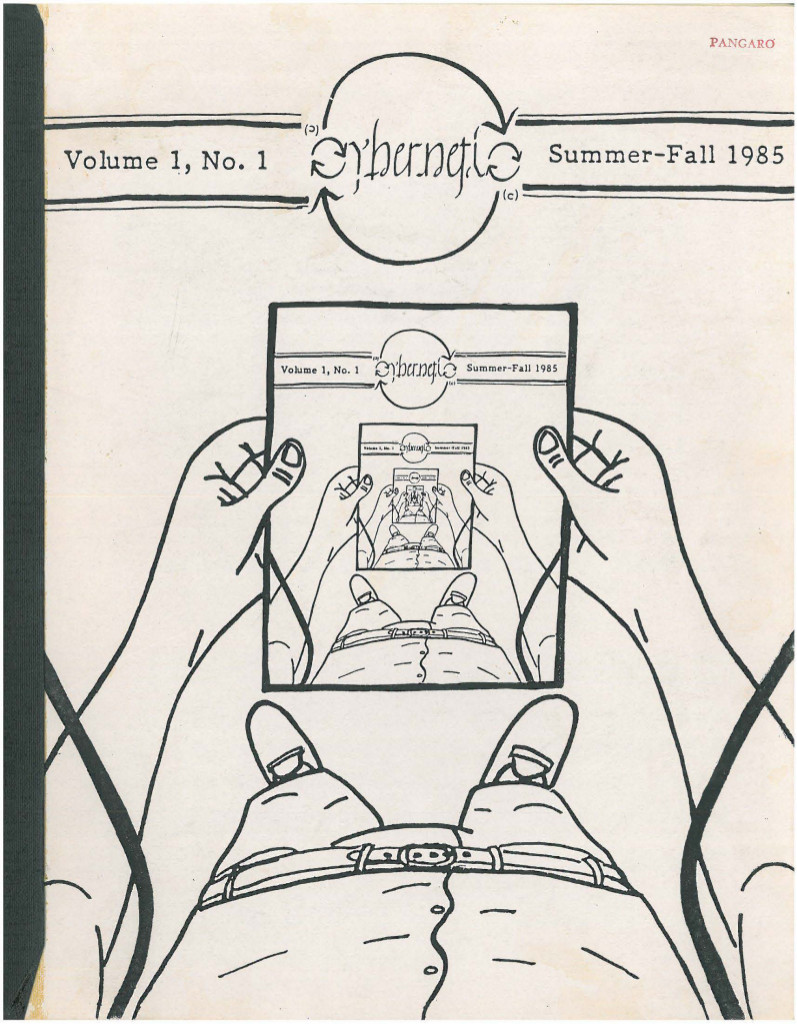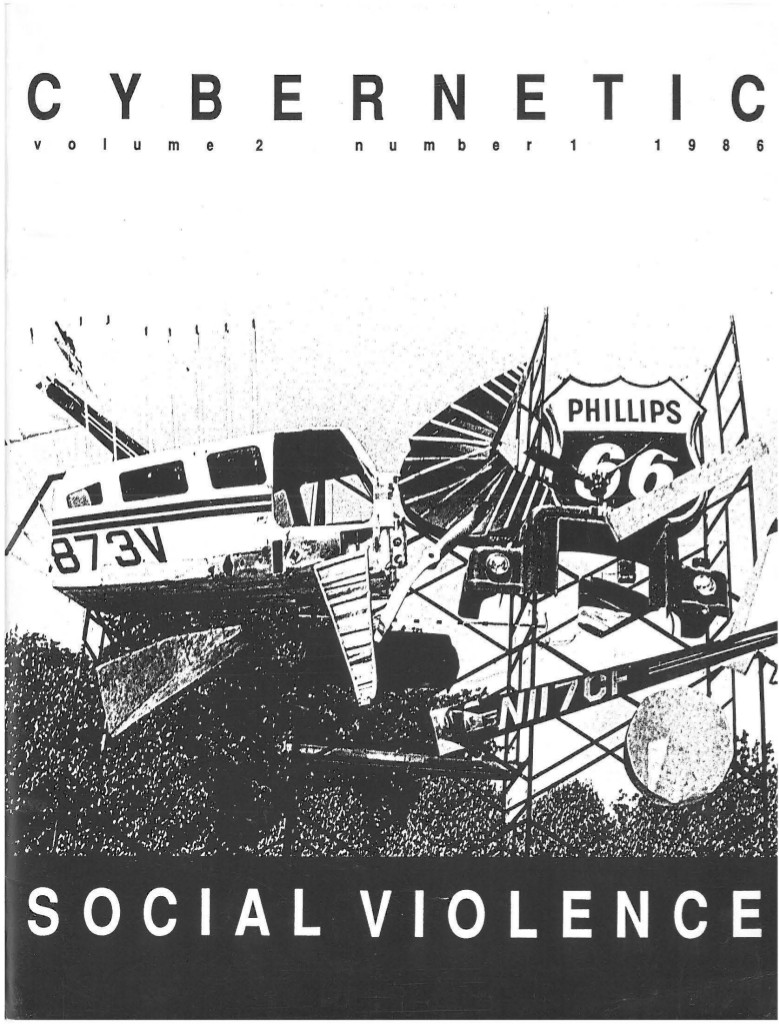Christopher Steiner: Automate This: How Algorithms Came to Rule Our World (2012)
Filed under book | Tags: · algorithm, automation, code, computing, software, software studies, technology

Long gone are the days of jocks and preppies running the trading desks of Wall Street. For more than a decade, a group of math and technology geeks known as the “quants” have completely transformed the financial markets.
Christopher Steiner traces the stories if these quants and their complete makeover of Wall Street. As more an more colleges became hotbeds of quant knowledge, more engineers and math majors infiltrated the job market. And not just on Wall Street but in countless ither fields.
Steiner explores how algorithms and the science behind them are starting to permeate our daily lives, destroying professions and creating new ones. Sooner than we think our music, our food, our medicine, our blind dates, and more will be governed by procedural equations rather than human intuition.
In many cases these innovations are beneficial. But there will inevitably be troubling side effects, like the Flash Crash of May 2010. Steiner explores what will happen, both good and bad, when algorithims more fully control hospitals, transportation and many other fields.
Publisher Portfolio / Penguin Group US, 2012
ISBN 1101572159, 9781101572153
256 pages
review (Evgeny Morozov, The Wall Street Journal)
review (Wendy M Grossman, ZDNet)
Cybernetic, 1-2 (1985-1986)
Filed under magazine | Tags: · autopoiesis, biology, cognition, computing, cybernetics, language, machine, mathematics


Editors: Gordon Pask, Humberto Maturana, Heinz von Foerster, Terry Winograd, Paul Trachtman, Larry Richards
Publisher The American Society for Cybernetics
ISSN 0883-4202
PDF (Vol 1, No 1, Summer-Fall 1985, 148 pp)
PDF (Vol 2, No 1: “Social Violence”, 1986, 82 pp)
Friedrich Kittler: Optical Media: Berlin Lectures 1999 (2002–)
Filed under book | Tags: · art, art history, computer art, computing, film, film history, history of photography, image, media archeology, painting, philosophy, photography, technology

“This major new book provides a concise history of optical media from Renaissance linear perspective to late twentieth-century computer graphics. Kittler begins by looking at European painting since the Renaissance in order to discern the principles according to which modern optical perception was organized. He also discusses the development of various mechanical devices, such as the camera obscura and the laterna magica, which were closely connected to the printing press and which played a pivotal role in the media war between the Reformation and the Counter-Reformation.
After examining this history, Kittler then addresses the ways in which images were first stored and made to move, through the development of photography and film. He discusses the competitive relationship between photography and painting as well as between film and theater, as innovations like the Baroque proscenium or “picture-frame” stage evolved from elements that would later constitute cinema. The central question, however, is the impact of film on the ancient monopoly of writing, as it not only provoked new forms of competition for novelists but also fundamentally altered the status of books. In the final section, Kittler examines the development of electrical telecommunications and electronic image processing from television to computer simulations.
In short, this book provides a comprehensive introduction to the history of image production that is indispensable for anyone wishing to understand the prevailing audiovisual conditions of contemporary culture.”
Publisher Merve, Berlin, 2002
Internationaler Merve Diskurs series, 250
ISBN 3883961833, 9783883961835
331 pages
English edition
Translated by Anthony Enns
With an introduction by John Durham Peters
Publisher Polity, 2009
ISBN 0745640915, 9780745640914
vi+250 pages
Reviews: Anthony Enns (Electronic Book Review 2004), Nicholas Gane and Hannes Hansen-Magnusson (Theory Culture Society 2006), Kiss (2006, HU), Bohár (HU), Jussi Parikka (2011).
Publisher (DE)
Publisher (EN)
Worldcat (DE)
Worldcat (EN)
Optische Medien. Berliner Vorlesung 1999 (German, 2002, added on 2016-8-13, removed on 2017-8-10 upon request from publisher – read first two chapters)
Optical Media: Berlin Lectures 1999 (English, trans. Anthony Enns, 2009)

